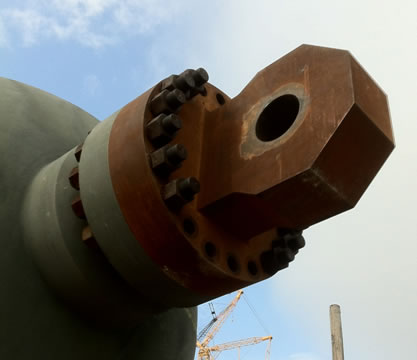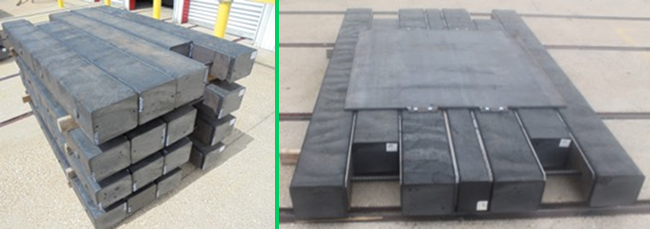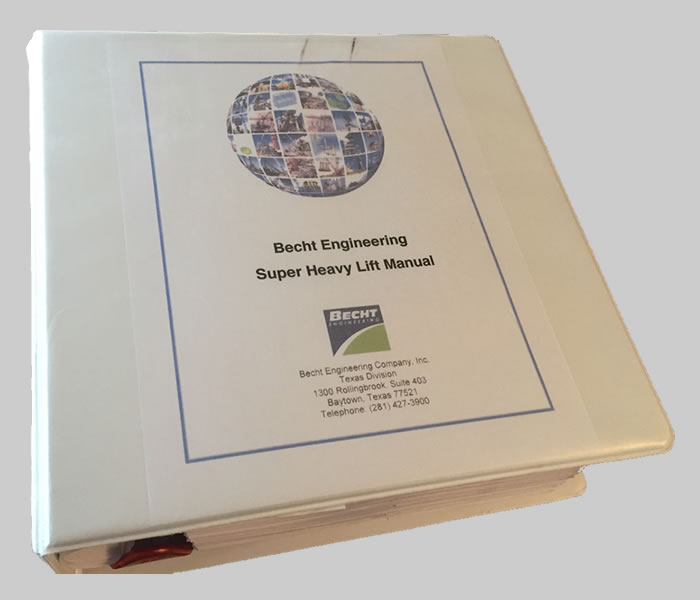Lift Director – Are You In Compliance With The Current Standards?

Are You In Compliance???
In construction today, it seems like the rules and regulations are changing everyday. There is good reason for this. As an industry we are getting smarter about addressing safety in the work place.
Recently, I searched the OSHA website looking for information regarding the requirements for a “Lift Director.” Upon entering the terms in the search window, I was immediately directed to a news release titled:
“US Labor Department’s OSHA cites two Wisconsin companies following worker’s death on US Route 41 bridge construction site near Oshkosh.”
The incident occurred on July 5 when a crane collapsed at a bridge construction site on U.S. Route 41. A truck driver died when he was struck by the boom of a crane that overturned while bridge girders were being erected with a multiple crane lift.
Penalties for “XYZ” Construction totaled $105,000 and penalties for “ABC” Construction totaled $13,220. OSHA has placed “XYZ” Construction in its Severe Violator Enforcement Program, which focuses on recalcitrant employers who endanger workers by committing willful, repeat or failure-to-abate violations.
Many companies are not aware of a specific OSHA requirement for Lift Directors. It is only a couple of sentences and could easily be overlooked. The OSHA Rule, 1926.1432(b), became effective November 2010 and it states:
“The multiple-crane/derrick lift must be directed by a person who meets the criteria for both a competent person and a qualified person, or by a competent person who is assisted by one or more qualified persons (lift director). The lift director must review the plan in a meeting with all workers who will be involved with the operation.”
Lift Directors are nothing new.
Previous to the inclusion of the Lift Director requirement in the standards, Lift Directors often were considered as “lead persons” for the rigging crew and were usually not compensated for assuming these responsibilities. Furthermore, they often assumed the responsibility but were not given the authority to take corrective actions.
The ASME Standard B30.5-2011 for Mobile and Locomotive Cranes directs us as stated below:
5-3.1.3
“All responsibilities listed below shall be assigned in the work site organization.”
Shall: term used to indicate that a rule is mandatory and must be followed.
A single individual may perform one or more of the roles listed below:
(a) Crane Owner
(b) Crane User
(c) Site Supervisor
(d) Lift Director
(e) Crane Operator
…and…
5-3.1.3.2.2
- Be present at the site during lifting operations
- Stop crane operations if alerted to an unsafe condition
- Ensuring the lift area is prepared before lifting
- Assure population control is in place before lifting
- Assure everyone knows what they should do and how to do it
- Addressing safety concerns of the operator or crew before continuing with the lift
- Appointing the signal persons and ensuring they are qualified
- Ensuring precautions are implemented for special lifts
- Multiple Crane Lifts —— OSHA Rule
- Lifting Personnel — Ensuring B30.23 requirements are met
- Pick and Carry
- Mobile Cranes on Barges
- Ensuring the operator has correct weights, travel path, pick and set locations
- Obtaining verification from the operator the load does not exceed capacity
- Ensuring rigging personnel are qualified
- Ensuring the load is properly rigged and balanced
In addition to the B30.5 requirement ASME has developed a new standard, ASME P30.1-2014 – Planning for Load Handling Activities (Lift Planning). This new standard also includes the requirement for a Lift Director. In general, it directs us accordingly:
- Lift Director definition – The person designated to direct the load handling activity
- Personnel roles and responsibilities – The Lift Director is responsible for verifying the category of the load handling activity, reviewing and implementation the lift plan
- The Lift Director should:
- Hold pre-lift meetings
- Assure the meeting attendees understand the plan and what each person is supposed to do
- Decide the frequency of pre-lift meetings for repetitive lifts
- Confirm all set-up preparations are according to the lift plans
- Ensure load handling activity complies with the plan Conduct a post-lift review
- Hold pre-lift meetings
Should: term used to indicate that a rule is a recommendation,
the advisability of which depends on the facts of each situation.
The Lift Director may be overseeing super heavy, complicated lifts -or- simple ones -or- two crane lifts with smaller cranes working at a low percentage of capacity -or- somewhere in between. You may have a very busy site with multiple Lift Directors working within the limits of their individual experience levels.
Conclusion
If you have not yet designated Lift Directors for your projects, you should do so as soon as possible. Both OSHA and ASME agree – it will ultimately save lives by assuring an experienced person carefully supervises every lift and has proper authority to make required changes when a safety issue arises. OSHA is serious and is enforcing the rule nationwide with severe penalties for non-compliance.

In our next blog we will discuss the key considerations to hiring and/or designating the right Lift Director.
Click to Request Info from Becht
Joe Collins will be presenting “The Key to Hiring the Right Lift Director” at the SC&RA Crane and Rigging Workshop held September 24 to 26, 2014 at the Sheraton Dallas Hotel in Dallas, TX.






